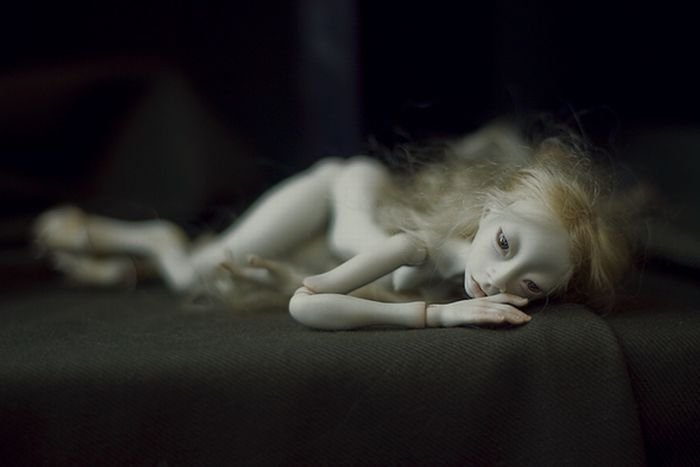|
|
Porcelain Children
|
The following section provides background information on the methods used to form, decorate, finish, glaze, and fire ceramic wares.
• Forming (Pottery and Ceramic forming techniques).
• Glazing. Unlike their lower-fired counterparts, porcelain wares do not need glazing to render them impermeable to liquids and for the most part are glazed for decorative purposes and to make them resistant to dirt and staining. Great detail is given in the glaze article. Many types of glaze, such as the iron-containing glaze used on the celadon wares of Longquan, were designed specifically for their striking effects on porcelain.
• Decoration. Porcelain wares may be decorated under the glaze using pigments that include cobalt and copper or over the glaze using coloured enamels. Like many earlier wares, modern porcelains are often bisque-fired at around 1,000 degrees Celsius, coated with glaze and then sent for a second glaze-firing at a temperature of about 1,300 degrees Celsius or greater. Another early method is once-fired where the glaze is applied to the unfired body and the two fired together in a single operation.
|
|









